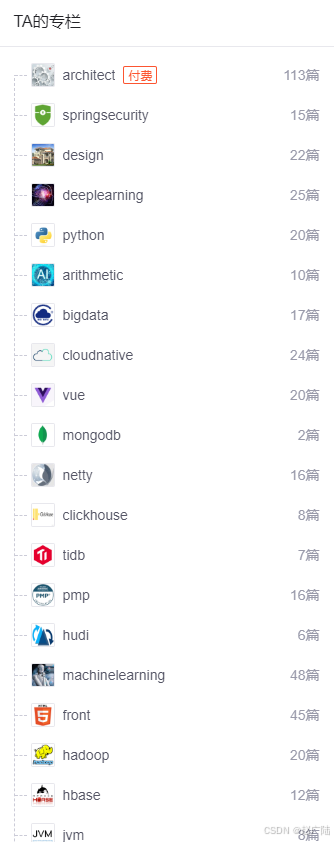本文主要是介绍系统分析与设计-lesson7,希望对大家解决编程问题提供一定的参考价值,需要的开发者们随着小编来一起学习吧!
a.阅读 Asg_RH 文档,按用例构建领域模型。
- 按Task2 要求,请使用工具 UMLet,截图格式务必是 png 并控制尺寸
- 说明:请不要受 PCMEF 层次结构影响。你需要识别实体(E)和 中介实体(M,也称状态实体)
b.数据库建模(E-R 模型)
- 按 Task 3 要求,给出系统的 E-R 模型(数据逻辑模型)
- 建模工具 PowerDesigner(简称PD) 或开源工具 OpenSystemArchitect
- 不负责的链接:http://www.cnblogs.com/mcgrady/archive/2013/05/25/3098588.html
- 导出 Mysql 物理数据库的脚本
- 简单叙说 数据库逻辑模型 与 领域模型 的异同
导出的sql语句如下:
/*==============================================================*/
/* DBMS name: Sybase SQL Anywhere 12 */
/* Created on: 2018/4/28 22:00:56 */
/*==============================================================*/if exists(select 1 from sys.sysforeignkey where role='FK_CREDITCA_REFERENCE_USER') thenalter table CreditCarddelete foreign key FK_CREDITCA_REFERENCE_USER
end if;if exists(select 1 from sys.sysforeignkey where role='FK_ROOM_REFERENCE_HOTEL') thenalter table roomdelete foreign key FK_ROOM_REFERENCE_HOTEL
end if;if exists(select 1 from sys.sysforeignkey where role='FK_ROOM_REFERENCE_USER') thenalter table roomdelete foreign key FK_ROOM_REFERENCE_USER
end if;if exists(select 1 from sys.sysforeignkey where role='FK_USER_REFERENCE_HOTEL') thenalter table "user"delete foreign key FK_USER_REFERENCE_HOTEL
end if;drop table if exists CreditCard;drop table if exists hotel;drop table if exists room;drop table if exists "user";/*==============================================================*/
/* Table: CreditCard */
/*==============================================================*/
create table CreditCard
(id numeric(15) null,card_info varchar(50) null,pay_info varchar(100) null
);/*==============================================================*/
/* Table: hotel */
/*==============================================================*/
create table hotel
(hotelID numeric(10) not null,address varchar(100) null,phone numeric(15) null,constraint PK_HOTEL primary key clustered (hotelID)
);/*==============================================================*/
/* Table: room */
/*==============================================================*/
create table room
(room_id numeric(5) not null,id numeric(15) null,hotelID numeric(10) null,"date" date null,"order" smallint null,constraint PK_ROOM primary key clustered (room_id)
);/*==============================================================*/
/* Table: "user" */
/*==============================================================*/
create table "user"
(id numeric(15) not null,name varchar(50) null,phone numeric(15) null,email varchar(50) null,hotelID numeric(10) null,constraint PK_USER primary key clustered (id)
);alter table CreditCardadd constraint FK_CREDITCA_REFERENCE_USER foreign key (id)references "user" (id)on update restricton delete restrict;alter table roomadd constraint FK_ROOM_REFERENCE_HOTEL foreign key (hotelID)references hotel (hotelID)on update restricton delete restrict;alter table roomadd constraint FK_ROOM_REFERENCE_USER foreign key (id)references "user" (id)on update restricton delete restrict;alter table "user"add constraint FK_USER_REFERENCE_HOTEL foreign key (hotelID)references hotel (hotelID)on update restricton delete restrict;对于数据逻辑模型,在数据仓库中,总的来说数据仓库的结构采用了三级数据模型的方式,即概念模型、逻辑模型、物理模型。其中,逻辑模型:用来构建数据仓库的数据库逻辑模型。根据分析系统的实际需求决策构建数据库逻辑关系模型,定义数据库物体结构及其关系。它关联着数据仓库的逻辑模型和物理模型两方。
而对于领域模型,领域模型是对领域内的概念类或现实世界中对象的可视化表示。又称概念模型、领域对象模型、分析对象模型。它专注于分析问题领域本身,发掘重要的业务领域概念,并建立业务领域概念之间的关系。
这篇关于系统分析与设计-lesson7的文章就介绍到这儿,希望我们推荐的文章对编程师们有所帮助!








